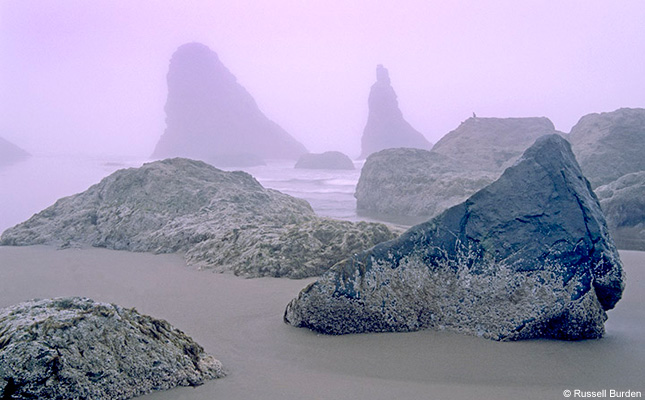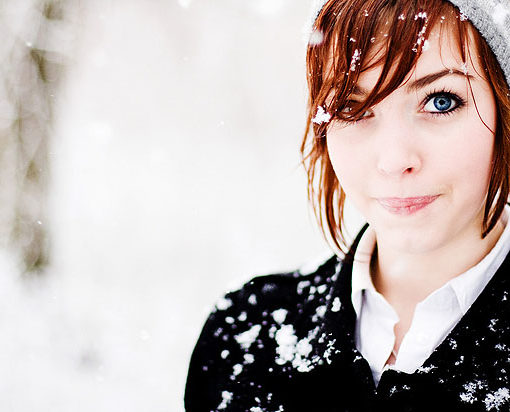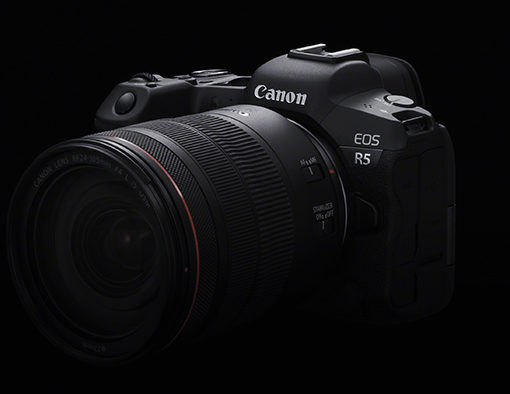By Russ Burden

Some people associate fog with inclement weather and avoid the outdoors. Not me. I grab my camera to create some extremely exciting images. Foggy conditions elicit moody and ethereal feelings. The light is diffused and even, but very flat. Knowing how to take advantage of this allows you to create great fog photos.
As compositional elements recede from the camera position, so does the intensity of their shape, color, and contrast. By placing a dominant subject in the foreground, it becomes the primary element. All other parts become secondary as they melt into the background in a wash of mist. When created properly, photographs made in the fog tend to be soothing.
Fog, especially when near larger bodies of water, harbors or coastal environments, can be so thick it’s referred to as “pea soup.” I’ve experienced this along the Oregon coast, the fishing ports of New England and even in the low humidity of Colorado. In situations like this, I protect my equipment the same as if shooting in the rain due to the rapid buildup of water on my equipment. Carry a washcloth to periodically wipe down the front element, the camera body and viewfinder.
Fog can easily trick a camera’s meter. Straight metering of fog will create an underexposed image due to the high reflectivity of light. My standard compensation is +1 ƒ-stop. Depending upon its thickness, more may be necessary. Check the distribution of pixels on the histogram to make sure you don’t lose detail in the highlights or shadows. Bracketing in 1/2 stop increments is beneficial in that different exposures produce different effects. Become a weather watcher and the next time fog is predicted, immerse yourself in it with your camera.
– Originally posted on Outdoor Photographer





45 thoughts on “Tips For Better Fog Photography”
Great article. Good to understand for everyone.
You’ve hit the ball out the park! Incebdielr!
I’m not easily imsedpser. . . but that’s impressing me! 🙂
Very interesting details you have remarked, thankyou for putting up. “Death is Nature’s expert advice to get plenty of Life.” by Johann Wolfgang von Goethe.
Enjoyed the post.
Enjoyed the post.
I just want to mention I’m all new to blogs and certainly savored you’re web site. More than likely I’m want to bookmark your site . You surely have good writings. Appreciate it for sharing your web page.
I just want to say I am very new to blogs and truly savored you’re web site. More than likely I’m likely to bookmark your website . You amazingly come with superb articles and reviews. Regards for sharing your webpage.
I just want to say I am very new to blogs and truly savored you’re web site. More than likely I’m likely to bookmark your website . You amazingly come with superb articles and reviews. Regards for sharing your webpage.
Amazing blog layout here. Was it hard creating a nice looking website like this?
I wish to show my gratitude for your kindness for individuals that require guidance on this one subject matter. Your very own dedication to getting the message all around appears to be really good and has in every case empowered ladies much like me to realize their objectives. Your personal invaluable help and advice indicates much to me and somewhat more to my colleagues. Thanks a lot; from all of us.
Amazing blog layout here. Was it hard creating a nice looking website like this?
Amazing blog layout here. Was it hard creating a nice looking website like this?
thank you web site admin
I wish to show my gratitude for your kindness for individuals that require guidance on this one subject matter. Your very own dedication to getting the message all around appears to be really good and has in every case empowered ladies much like me to realize their objectives. Your personal invaluable help and advice indicates much to me and somewhat more to my colleagues. Thanks a lot; from all of us.
Thank you web site admin
You made some respectable points there. I seemed on the web for the issue and found most people will go together with along with your website.
Amazing blog layout here. Was it hard creating a nice looking website like this?
I just want to mention I’m all new to blogs and certainly savored you’re web site. More than likely I’m want to bookmark your site . You surely have good writings. Appreciate it for sharing your web page.
I am usually to running a blog and i actually recognize your content. The article has really peaks my interest. I am going to bookmark your site and keep checking for new information.
I just want to say I am very new to blogs and truly savored you’re web site. More than likely I’m likely to bookmark your website . You amazingly come with superb articles and reviews. Regards for sharing your webpage.
Amazing blog layout here. Was it hard creating a nice looking website like this?
thank you web site admin
thank you web site admin
I just want to mention I’m all new to blogs and certainly savored you’re web site. More than likely I’m want to bookmark your site . You surely have good writings. Appreciate it for sharing your web page.
I wish to show my gratitude for your kindness for individuals that require guidance on this one subject matter. Your very own dedication to getting the message all around appears to be really good and has in every case empowered ladies much like me to realize their objectives. Your personal invaluable help and advice indicates much to me and somewhat more to my colleagues. Thanks a lot; from all of us.
thank you web site admin
thank you web site admin
Amazing blog layout here. Was it hard creating a nice looking website like this?
You made some decent factors there. I appeared on the internet for the issue and found most people will associate with with your website.
thank you web site admin
Amazing blog layout here. Was it hard creating a nice looking website like this?
I am usually to running a blog and i actually recognize your content. The article has really peaks my interest. I am going to bookmark your site and keep checking for new information.
thank you web site admin
thank you web site admin
thank you web site admin
I just want to mention I’m all new to blogs and certainly savored you’re web site. More than likely I’m want to bookmark your site . You surely have good writings. Appreciate it for sharing your web page.
I want to express appreciation to you just for rescuing me from this problem. Right after browsing through the online world and obtaining opinions which were not beneficial, I believed my entire life was done. Living devoid of the approaches to the problems you have resolved by means of your good write-up is a critical case, and the ones that would have badly damaged my career if I hadn’t encountered your site. Your good capability and kindness in dealing with all the stuff was helpful. I am not sure what I would have done if I hadn’t come upon such a subject like this. I can at this time look forward to my future. Thank you so much for your high quality and effective guide. I will not think twice to recommend the blog to any individual who would need guidance on this situation.
Amazing blog layout here. Was it hard creating a nice looking website like this?
thank you web site admin
thank you web site admin
Thanks-a-mundo for the blog.Really looking forward to read more. Awesome.
thank you web site admin
You made some decent factors there. I appeared on the internet for the issue and found most people will associate with with your website.
Thank you web site admin.